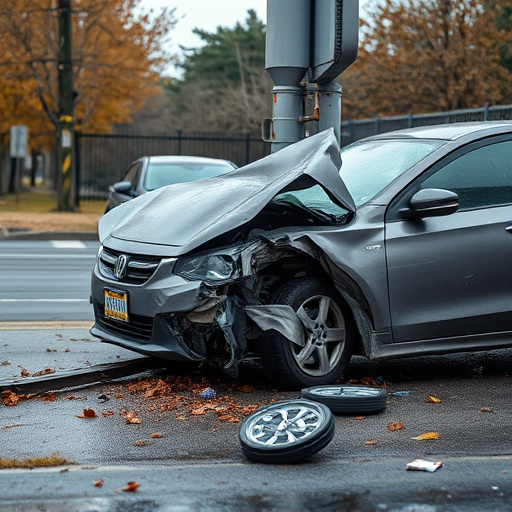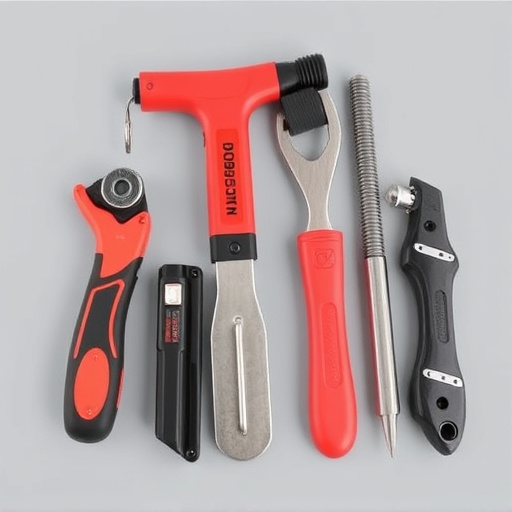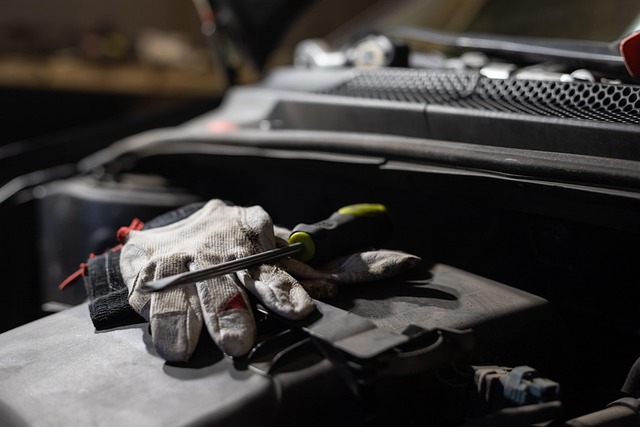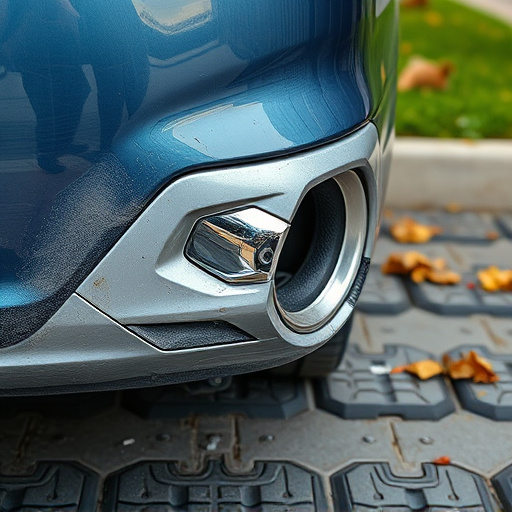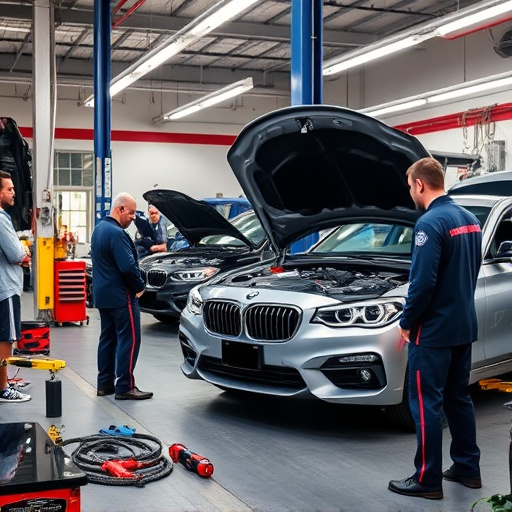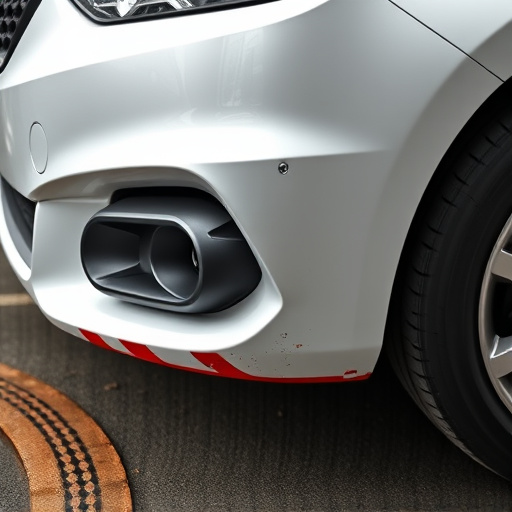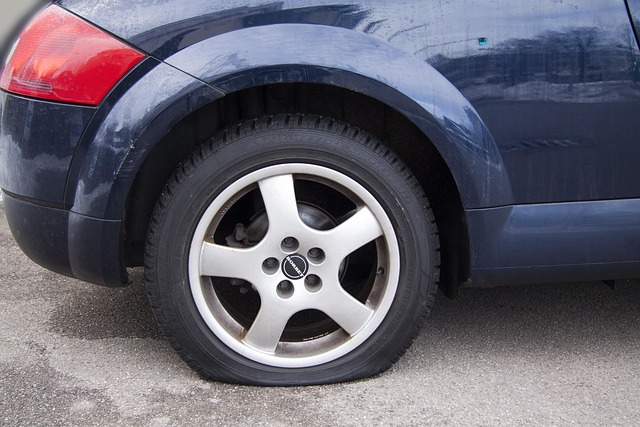Traditional collision repair methods pose significant health and environmental risks due to hazardous materials like VOCs, lead paint, and harmful fumes. In response, the automotive industry is shifting towards eco-friendly collision repair, adopting greener alternatives that minimize toxic chemical use and waste generation. Techniques include biodegradable materials, efficient recycling, water-based painting systems, and training staff on sustainable practices. These measures not only protect the environment but also create safer working conditions for employees, addressing both consumer demand and regulatory pressures.
In an era where environmental consciousness is paramount, exploring sustainable practices in collision repair is imperative. Traditional methods often contribute to hazardous material usage, posing risks to workers and the environment. This article delves into the transformative journey towards eco-friendly collision repair, examining its impact on reducing harmful substances. We’ll explore industry shifts, highlighting innovative solutions that not only minimize material waste but also safeguard our planet, offering a glimpse into a greener future for this sector.
- Understanding the Impact of Traditional Collision Repair on Hazardous Materials
- The Shift Towards Eco-Friendly Practices in the Industry
- Implementing Sustainable Solutions for Reduced Material Usage and Environmental Protection
Understanding the Impact of Traditional Collision Repair on Hazardous Materials
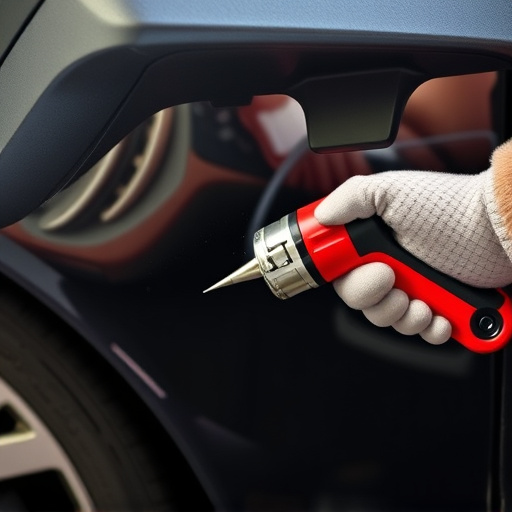
In traditional collision repair processes, hazardous material usage is a significant concern. Many auto repair services and automotive collision repairs involve the use of toxic chemicals, solvents, and gases that can pose severe risks to both workers and the environment. These materials include volatile organic compounds (VOCs), lead-based paints, and various types of harmful fumes. During the repair and painting process, these substances are often released into the air, contributing to air pollution and posing potential health hazards for those exposed.
The impact of these hazardous materials is far-reaching. Workers in auto repair shops may suffer from respiratory issues, skin irritation, or even long-term health problems due to prolonged exposure. Moreover, improper disposal of these substances can lead to contamination of soil and water bodies, creating additional environmental challenges. Eco-friendly collision repair practices aim to mitigate these issues by adopting alternative methods that minimize the use and release of such hazardous materials, promoting a safer and more sustainable vehicle repair process.
The Shift Towards Eco-Friendly Practices in the Industry
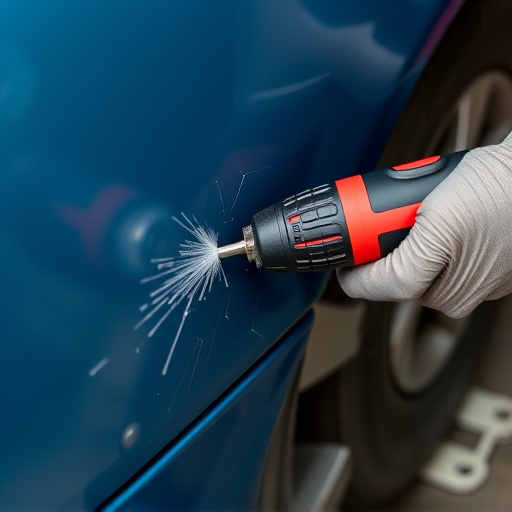
In recent years, there’s been a notable shift within the industry towards adopting eco-friendly practices in collision repair. This paradigm change is driven by a growing awareness of the environmental impact associated with traditional repair methods and hazardous material usage. Auto collision centers are increasingly recognizing the need to reduce their ecological footprint. As such, they’re opting for greener alternatives that minimize the use of toxic chemicals and waste generation.
This movement towards eco-friendly collision repair isn’t just a trend; it’s a response to the demand for sustainable solutions from both consumers and regulatory bodies. Vehicle body shops are now exploring innovative techniques, such as using biodegradable materials, implementing efficient recycling programs, and adopting water-based painting systems that significantly cut down on volatile organic compounds (VOCs). These efforts not only contribute to a cleaner environment but also ensure safer working conditions for technicians and better air quality in nearby communities, transforming the typical vehicle body shop into a more responsible and sustainable operation.
Implementing Sustainable Solutions for Reduced Material Usage and Environmental Protection
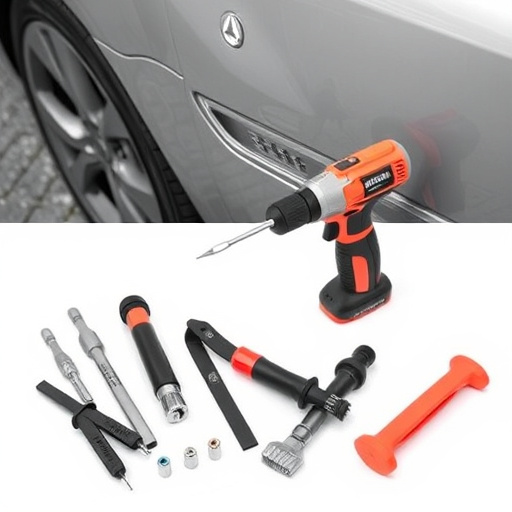
Implementing Sustainable Solutions for Reduced Material Usage and Environmental Protection
In the realm of eco-friendly collision repair, innovative practices are revolutionizing how automotive collision centers approach material usage. By adopting sustainable solutions, these centers strive to minimize hazardous substances, promoting a greener environment. One key strategy involves opting for environmentally friendly alternatives to traditional repair materials. For instance, using bio-based or recycled content in body panels and parts can significantly reduce the carbon footprint associated with production. Additionally, collision centers are encouraging the reuse and recycling of materials, such as metal and plastic scraps from bumper repairs, through effective waste management programs.
These efforts extend beyond material selection. Eco-conscious collision repair facilities also implement efficient processes to minimize waste generation. This includes utilizing water-based coatings and low-VOC (Volatile Organic Compound) paints, which reduce air pollution compared to conventional methods. Furthermore, training staff on sustainable practices ensures consistent compliance with environmental standards. As a result, these measures not only benefit the planet but also contribute to a safer working environment for employees in the automotive collision repair industry.
Eco-friendly collision repair is not just a trend but a necessary shift towards sustainability. By understanding the environmental impact of traditional practices and embracing eco-conscious alternatives, the industry can significantly reduce hazardous material usage. This transformative journey involves adopting sustainable solutions that benefit both the planet and businesses, ensuring a safer, greener future for all. Eco-friendly collision repair is a step towards a more responsible and resilient automotive sector.

